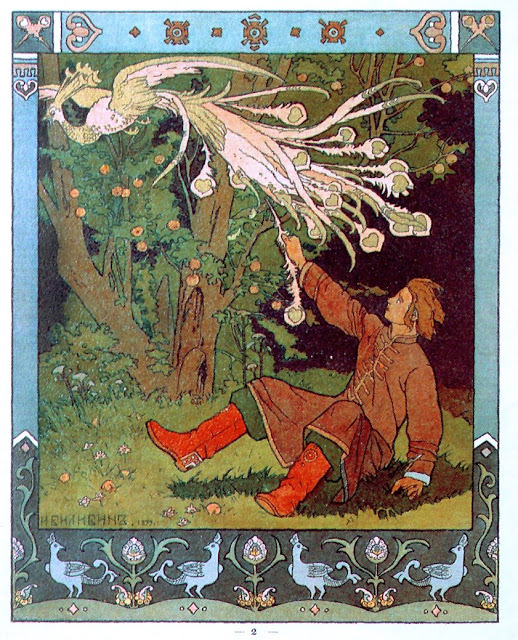Study for Homage to Delacroix
When Eugène Delacroix died on August 13, 1863, the modesty of his funeral was seen as an insult by all those who considered him to be one of France’s greatest artists. Henri Fantin-Latour, especially, was outraged that no official tribute had been made. As it was common in the 19th century to celebrate prominent figures, he wanted to raise this monument himself with a manifesto painting that reunited the tenants of the modern movement, which he exhibited at the Salon of 1864. This sketch bears witness to the first project, in which six artists are gathered around the bust of Delacroix, crowned by one of them.
While it is clear that Fantin made deliberate reference to the coronations of the great men of theater on stage, the most striking source of inspiration for this artwork remains the 1827 painting by Jean-Auguste-Dominique Ingres, Apotheosis of Homer. The artist made use of the same pyramid composition, with the bust of Delacroix placed in the center. Fantin, who depicts himself in the lower right of the composition with his palette and painter’s smock, draws the viewer’s eye to the object of veneration. By making reference to the painting by Ingres, he thus renders the significance of his work more easily understood: Delacroix, like Homer, embodies the genius that will be passed on to the next generations. The identities of the other figures in the sketch are more difficult to ascertain. They can nonetheless be deduced from the first list on a preparatory drawing with the names Legros, Whistler, Manet, Bracquemond, Duranty, Cordier, Myrionnet, and Régamey.
After producing a number of sketches for this painting, Fantin eventually decided on a final version that is housed at the Musée d’Orsay and far removed from this drawing. The final composition removes Myrionnet and Régamey, replacing them with Baudelaire, Champfleury, and Balleroy. The contemporaries are now positioned around a painted portrait of Delacroix, and no longer a bust.
Seated: Louis Edmond Duranty, Fantin-Latour himself, Champfleury et Charles Baudelaire.
Standing: Louis Cordier, Alphonse Legros, James Whistler, Édouard Manet, Félix Bracquemond et Albert de Balleroy.
































 La Grande Odalisque, 1814, Jean AugusteDominique Ingres
La Grande Odalisque, 1814, Jean AugusteDominique Ingres
























